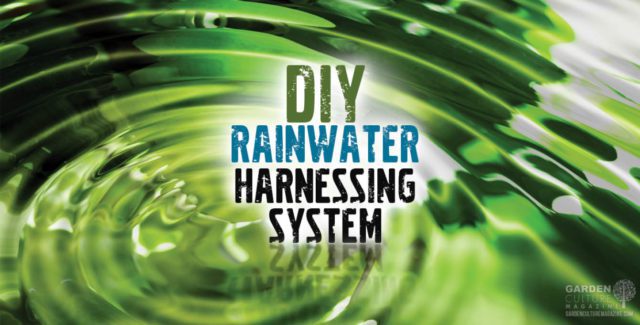Clean water is something that most of us take for granted, but the fragility, dependence, and vitalness of water to humans should put water quality and security higher on our priority list. According to the WHO, “By 2025, half of the world’s population will be living in water-stressed areas.”
What if we were to run out of clean water? What if all of the clean water becomes owned and controlled by corporations and sold back to us? These are questions we should all be asking ourselves right now. Our water health and independence are crucial now more than ever.
Exercise water stewardship and independence with these six water-conserving gardening techniques.
Build Hugelkultur Beds
There are many different types of growing vessels depending on your growing style and site-specific limitations. In-ground, raised beds, grow pots, etc. Pots have more surface area and tend to lose water quickly. Any above-ground containers will have higher exposure to evaporative losses, but the native in-ground soils are not always arable or usable for growing crops. What to do? Hugelkultur is the best of both worlds. They are like a raised bed with an internal watering and fertilizer system, a great way to conserve water and reduce fertilizer inputs. It is also a great way to build soil on marginal lands.
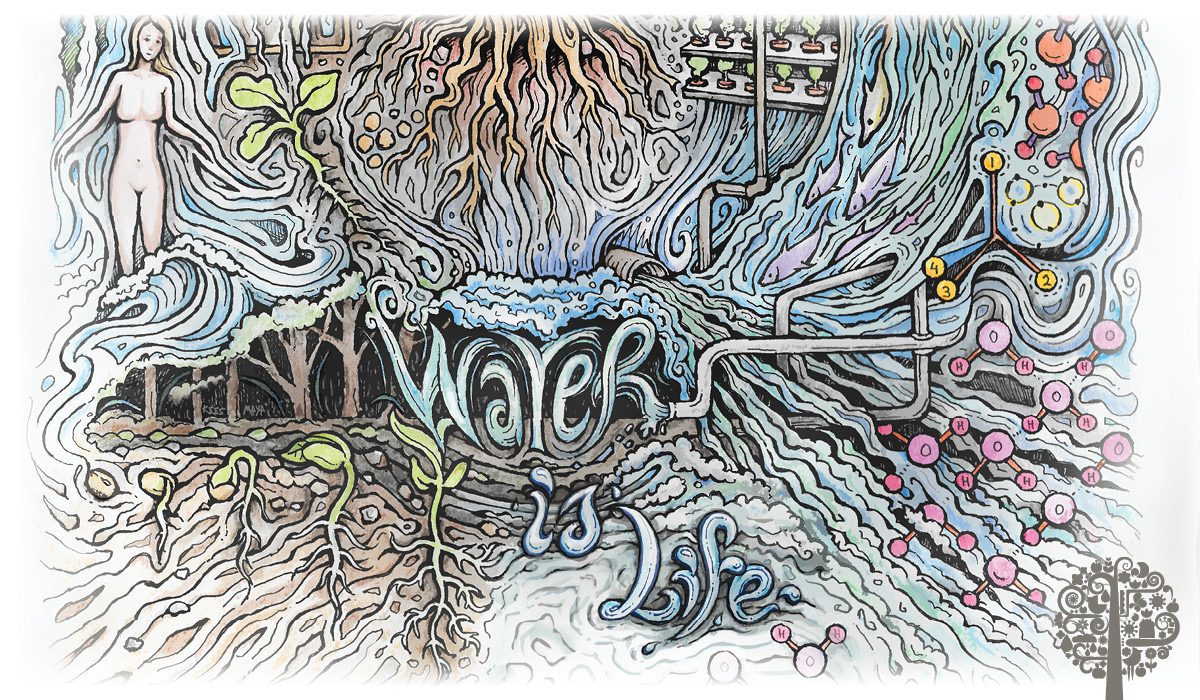
Hugelkultur is a German word meaning “Hill Culture”, and mounds are shaped into long windrows. They are created by digging down into the earth to form a trench filled with logs. The logs are stacked with the largest diameter on the bottom, getting sequentially smaller towards the top of the pile until you have a mounded pile of wood, half-submerged in the ground. The hugel is then covered with soil and compost. It can take 20+ years to completely break down, all the while adding nutrients and improving its water-holding capacity as it decomposes. This creates a self-sustaining system that gets easier to maintain over time, not only conserving water and reducing watering events but saving on labor too.
This is a great thing to do with downed trees and logs that fall during the winter or need to come down for other reasons. Chip the smaller branches to use as mulch or in compost, and bury the larger logs, giving them a second life as their bodies return to the nutrient, carbon, and water cycles.
Reduce Evaporation Through Irrigation and Mulch
The goal with water conservation is to reduce evaporation, not to be confused with evapotranspiration. We want the water to pull nutrients up through the plant before being released into the atmosphere. Therefore, any water going directly into the atmosphere from the irrigation source or soil surface is “wasted” water.
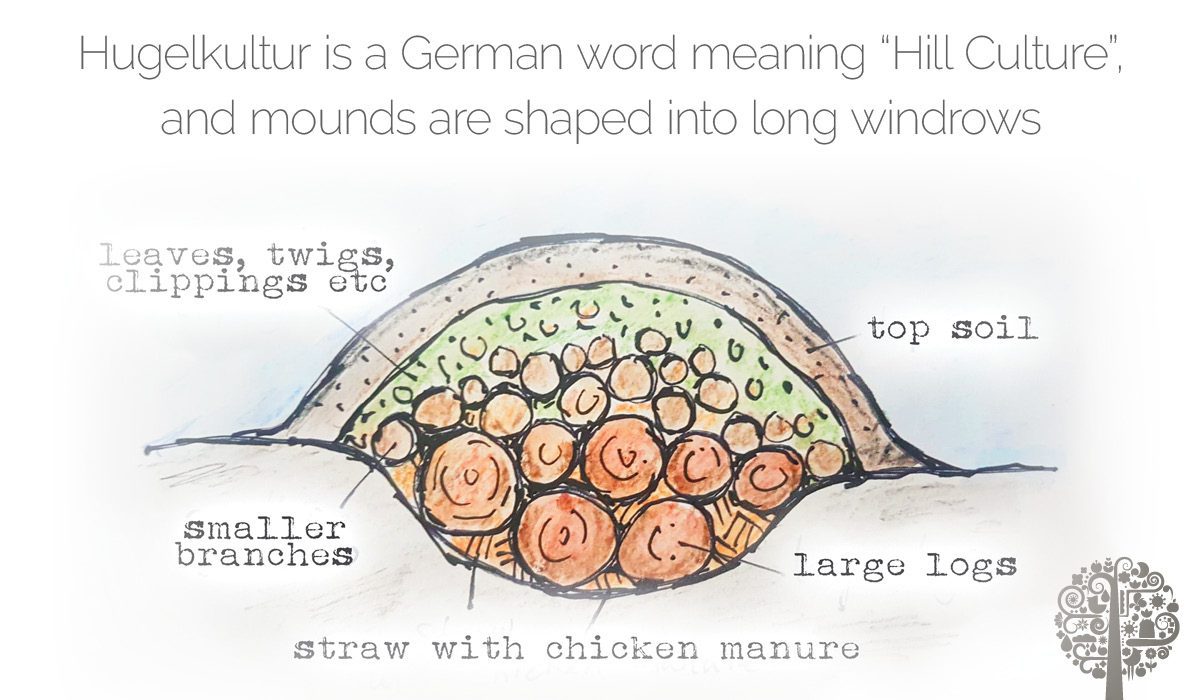
Some cultivators are fortunate enough to grow on flood plain soils naturally irrigated by the river’s groundwater system. This is by far the best way to get water into the ground and bypass the need for irrigation altogether. And some have employed the hugel beds to soak up and retain incoming water from irrigation events, but not every cultivation site is available for that type of infrastructure. The best way to get water directly to the plant root system and reduce losses is subsoil irrigation and tensiometer-based watering technology that relies on specified soil moisture to trigger irrigation events. The most wasteful way to irrigate is with sprinkler systems, especially on a large scale, and can be the source of water loss. You are throwing 35-50% of your water into the air to evaporate away as water that never makes it to the plant. Ditching and flooding methods also leave the water exposed above ground, providing more surface area for evaporation.
Covering the soil surface with mulch or cover crops reduce evaporative losses by allowing water to remain in the soil. In addition, this provides a shade cover that protects from hot direct sunlight that will increase evaporation from bare soil surfaces. The cover crop, or top of the mulch, takes the brunt of the sunlight, protecting the cool, damp soil beneath. This not only keeps plant available water in the earth, but it also creates excellent living conditions for microorganisms to thrive.
Planting Drought Tolerant Species
Turfgrass lawns are one of the most water wasteful ground coverings. Often, it is not native or adapted for the area it is being applied. Better to plant low-maintenance native grass species adapted to low water conditions. Every time you cut your lawn, there are massive amounts of evaporative losses through the open wound of the cut grass blades. There are many different types of drought-tolerant plants, including shrubs, certain grass species, and succulents. Drought-resistant gardens are not only great for water conservation but are also low maintenance. Keep the soil covered by planting everything close together to prevent bare soil from being exposed for maximum water retention.

Carbon Additions
Carbon inputs such as biochar and compost improve multiple issues with our soils today. Not only do they sequester carbon and increase the nutrient and water-holding ability of the soil, but they also create a microclimate for microorganisms to thrive. Food, shelter, water, and warmth in the soil allow soil life to increase and flourish, carbon being the primary food source for these organisms. Compost and biochar can hold approximately 50% or more of their volume in water, reducing the need for watering events while keeping consistent moisture for healthy plant roots. These inputs are great additions to a drought-tolerant garden to further reduce the need for irrigation.
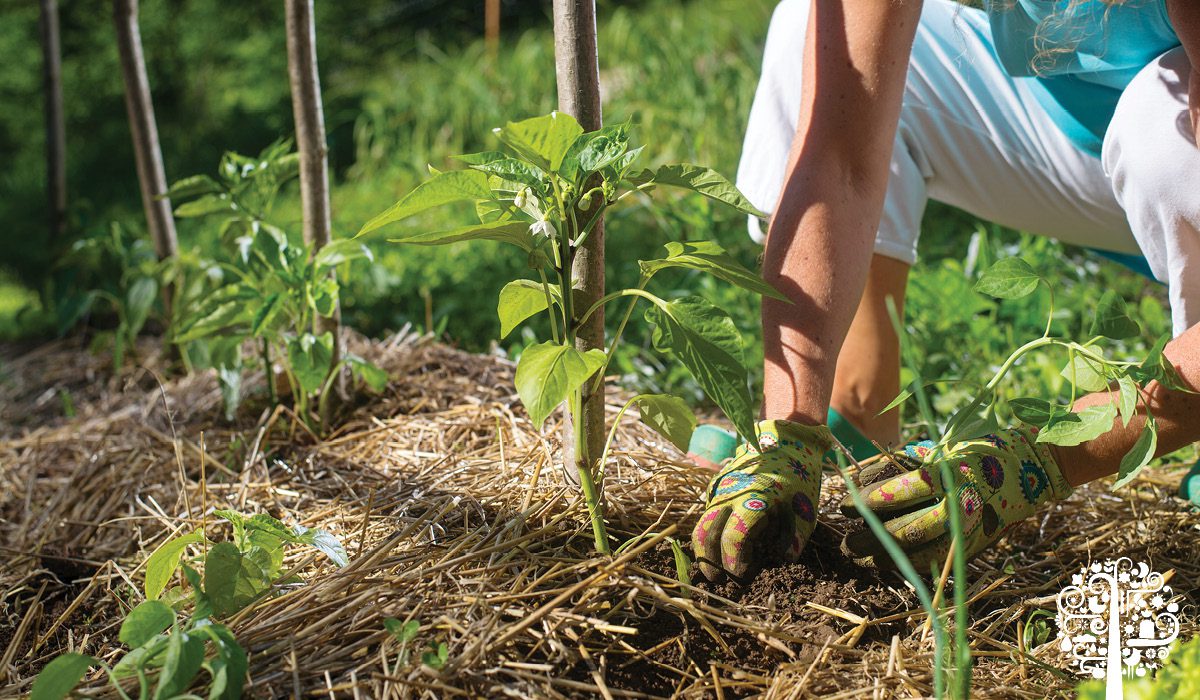
Greywater Systems – Recycling Water
Greywater is gently used water from your sinks, showers, tubs, and washing machines at home that we can recycle back into the natural system rather than through our human-created sewage infrastructure. You can use greywater in your garden to offset irrigation usage. Essentially, you are using the water twice, which is excellent for areas rationing water usage. Due to the nutritional quality of greywater, releasing it into water bodies is a pollutant. But by watering it onto your plants or compost, it becomes a fertilizer and food source for microbes. If we divert some of our used household water, we can reduce our freshwater consumption and let nature do the work to repurify while returning it to the soil.
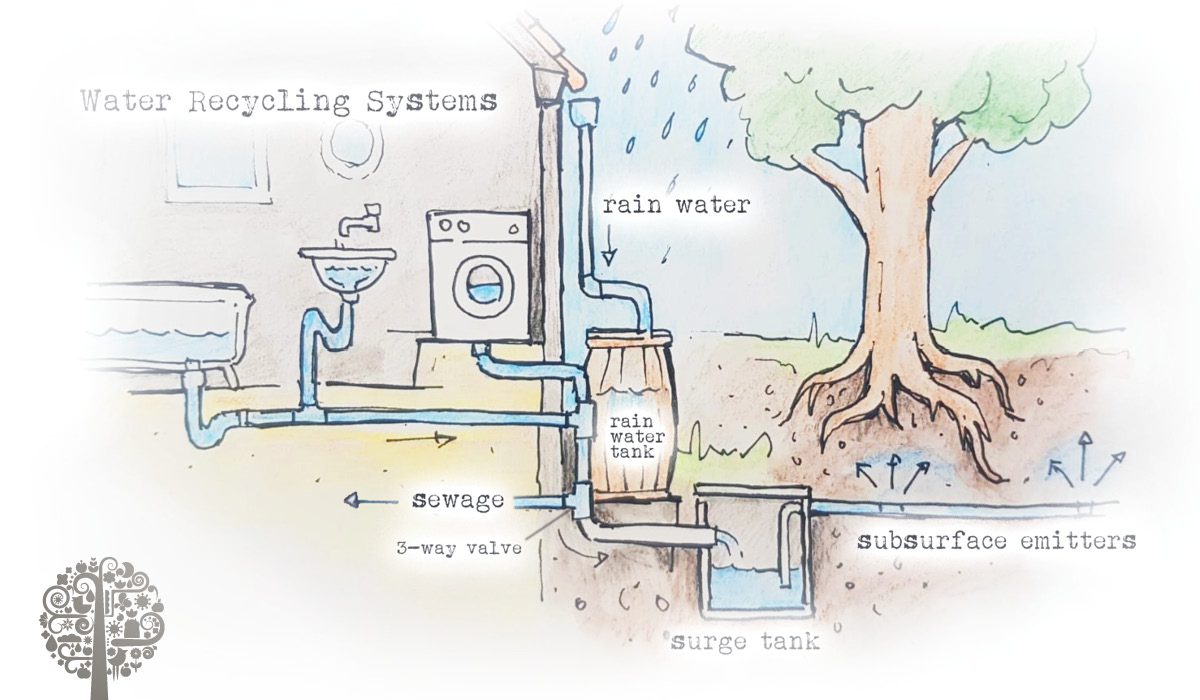
Catching and Storing Rainwater
Catching and storing rainwater has many benefits, like reducing the energy costs of pumping or using municipal water systems. In natural environments, 90% of the rainwater soaks into the soil to recharge our groundwater. In urban areas, due to enormous amounts of surfaces not being permeable to water, 90% of the rainwater runs off into the drain sewers to rivers and never makes it into the groundwater recharge process. Oddly enough, we then pay to have it cleaned, pumped, then piped back to our homes. Why don’t we catch it on its way to the drain and use it a couple of times before giving it back to the earth? It would be the most responsible use of our rainwater supply.
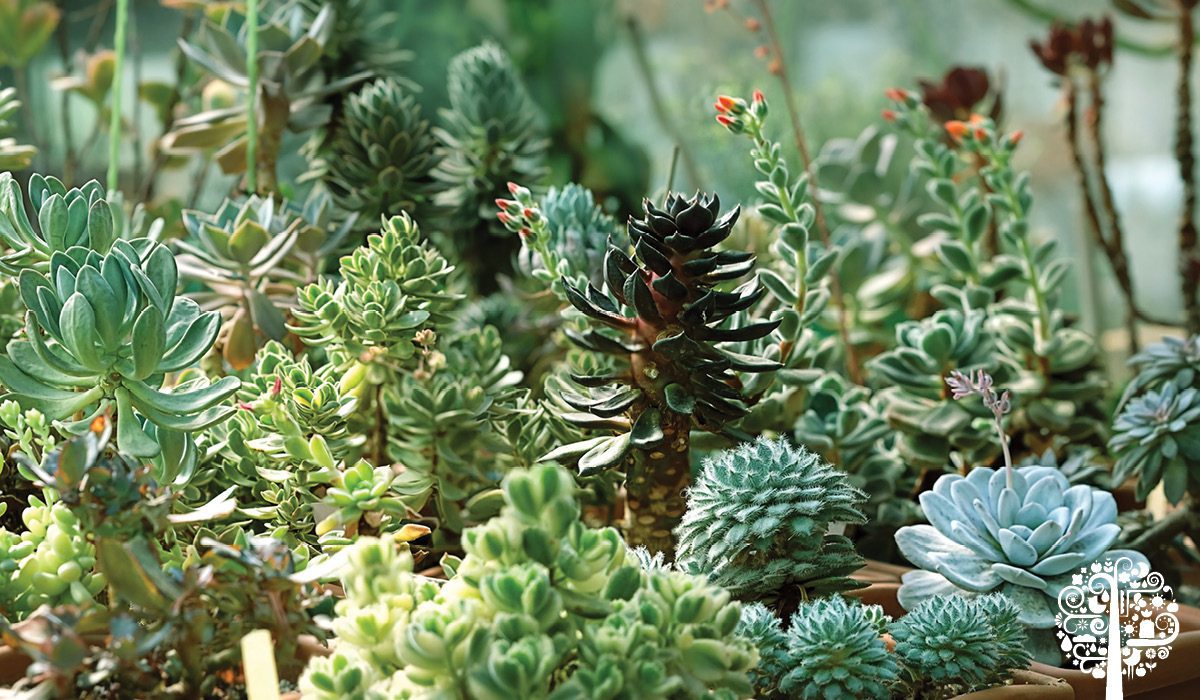
Our water is in a crisis and is quickly becoming one of the most precious resources on the planet, without which we would all cease to exist. Research each of these techniques further to make a water-wise investment plan for you and your family. Stay healthy, stay free.



